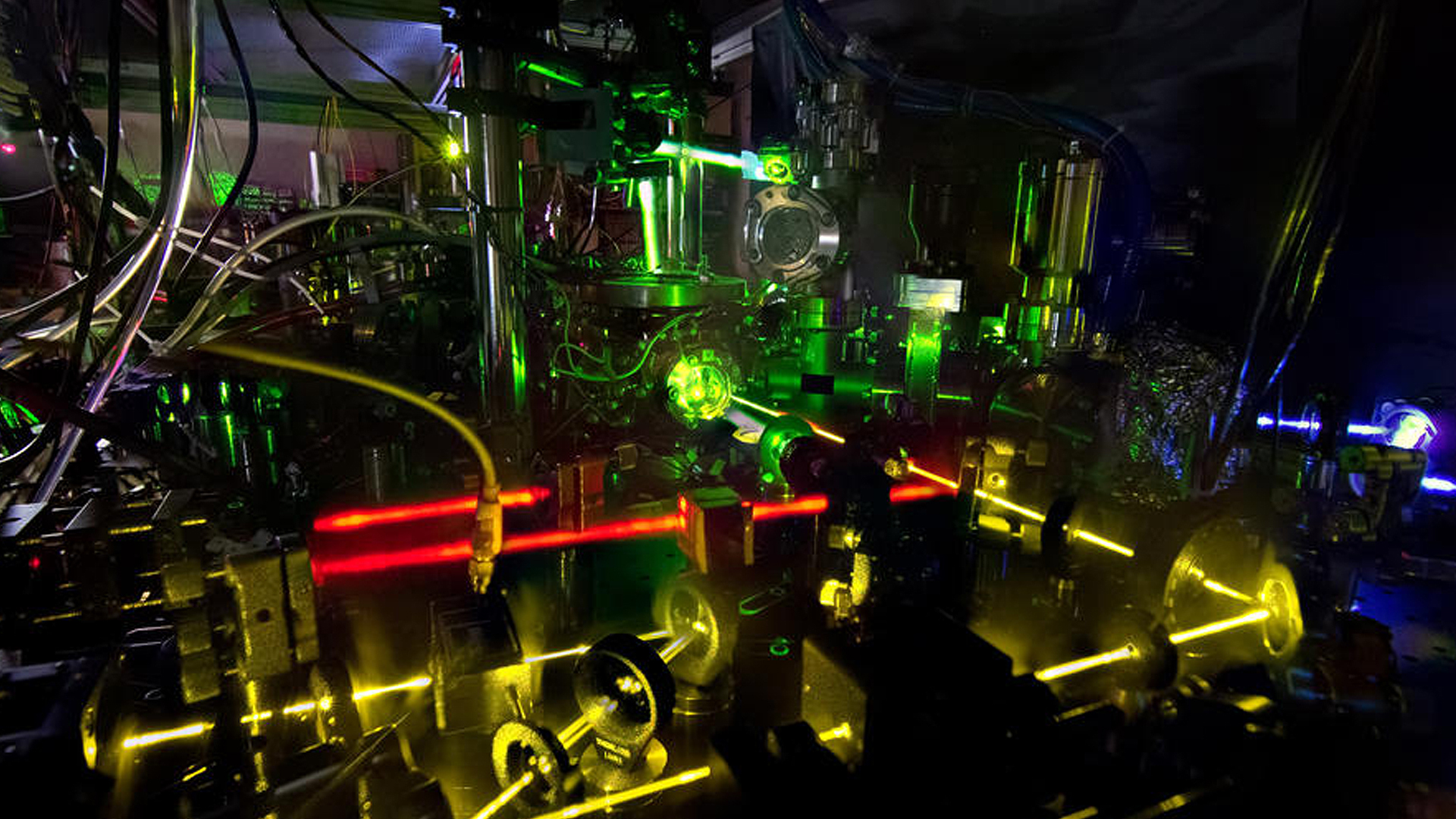Atomic watches and clocks are the heralds of precision in timekeeping, heralding an era of unprecedented accuracy that seems almost magical in the world of horology. These remarkable instruments, which employ the vibrations of atoms to measure time, have evolved dramatically since their inception. However, their journey through technological advancement is not merely a story of progress; it’s a fascinating saga of evolution, overshadowed by the rapid proliferation of digital timekeeping devices and smart technology. This article delves into the captivating world of atomic timekeeping, unpacking what happened to these once-revered symbols of precision.
To understand the present status of atomic clocks and watches, one must first grasp their fundamental mechanics. Atomic timepieces measure time by observing the oscillation frequencies of atoms—predominantly cesium or rubidium atoms. In the case of cesium atomic clocks, they capitalize on the natural frequency of atomic transitions, which oscillate at a rate of 9,192,631,770 times per second. This profound precision has established the atomic clock as the gold standard for determining the second, revolutionizing our understanding of time.
Over the decades, atomic timekeeping has transformed from a laboratory curiosity into a cornerstone of modern technology. These devices are integral to global positioning systems (GPS), telecommunications, and various scientific endeavors. The global network of atomic clocks, synchronized to Universal Coordinated Time (UTC), sustains the intricate tapestry of modern life, ensuring that our communication, navigation, and even financial transactions are seamlessly interconnected.
Yet, despite their critical role, atomic watches and clocks have not retained their prominence in the consumer market. The incredible accuracy these instruments offer clashes with the burgeoning realm of smart technology and wearable devices. The rapid rise of quartz technology in the 1970s, producing inexpensively manufactured timepieces that offered reasonable accuracy—around 15 seconds off per month—marked the beginning of the atomic clock’s gradual eclipse in the everyday consumer landscape. Consumers prioritized practicality and affordability over precision in personal timekeeping, catalyzing a shift in market dynamics.
In the contemporary epoch, the once-glorious atomic watches, often perceived as obsessions of enthusiasts and technocrats, have become somewhat of a niche commodity. While manufacturers like Citizen and Seiko continue to produce atomic timepieces, their appeal is now restrained, overshadowed by the allure of smartwatches. These digital devices amalgamate convenience, connectivity, and advanced functionalities, such as fitness tracking and notification systems, making them more attractive to the average consumer.
However, the decline of atomic watches raises intriguing questions about the value of precision in a world increasingly driven by immediacy and productivity. The metaphorical collision of vintage craftsmanship and modern demands depicts a fascinating dichotomy. Atomic timepieces are akin to intricate sonatas played on a grand piano, whereas smartwatches resemble pop hits played at a digital concert, emphasizing fleeting moments over long-standing traditions. In a society where the pace of life seems to accelerate, the eloquence of precision timekeeping often remains an afterthought.
However, the atomic clock’s story does not end with its relegation to a niche. The relentless pursuit of higher precision continues, leading to innovations such as optical lattice clocks and strontium atomic clocks, which claim accuracies that challenge our very understanding of time. These avant-garde devices, capable of measuring time with an accuracy so profound that they would not lose or gain a second over the span of several billion years, beckon a renaissance in atomic timekeeping.
The evolution of atomic clocks mirrors the quest for truth in a fast-paced world: as technology progresses, our aspirations for accuracy deepen. Forests of data and networks of connectivity create a vast landscape where time is elusive. Atomic timekeeping evolves from being merely a pursuit of accuracy into an exploration of the very essence of time itself. It poses philosophical inquiries: What does precision mean in our daily experiences? Is time merely a construct shaped by human perception?
Today, as the revival of interest in precision instruments begins to surface, so too does the realization that there remains a unique appeal inherent in the art of horology. The craftsmanship associated with creating these intricate devices evokes a sense of nostalgia and respect for the sophistication of human ingenuity. Collectors and aficionados celebrate atomic watches for their historical significance, and their design as precision instruments remains unparalleled.
Furthermore, educational initiatives foster a renewed appreciation for atomic timekeeping, allowing new generations to engage with the principles of quantum mechanics and atomic theory. These pedagogical efforts emphasize the intricacies of atomic measurements, bridging the gap between science and everyday life. In a future characterized by AI and automated systems, the understanding of time as measured by atomic standards may take on renewed importance as society seeks to harmonize innovation with foundational truths.
In conclusion, the fate of atomic watches and clocks encapsulates a rich narrative of humanity’s pursuit of precision intertwined with the inexorable march of technological progress. While their presence has diminished in the consumer arena, the significance of atomic timekeeping transcends commerce. It embodies the zenith of human creativity and the quest for understanding, inviting introspection about our relationship with time. The paradox of modernity and antiquity converges as atomic clocks continue to tick ever so steadily in laboratories and research facilities around the globe, sustaining not just our schedules, but also the very essence of time itself.












